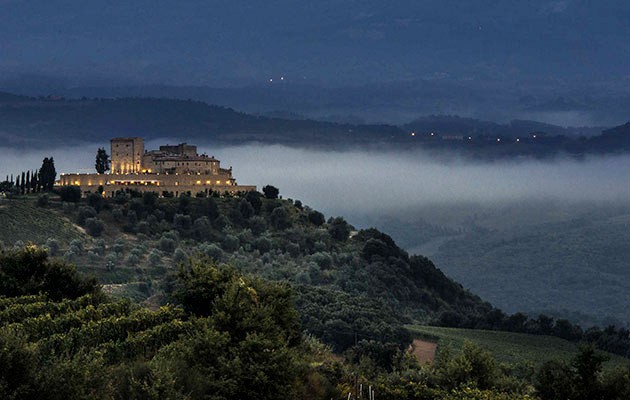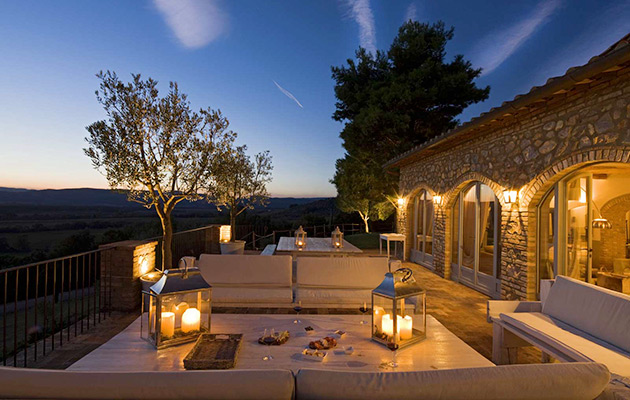© 2024 CharmingTuscany.com is a trade name of Destination Italia S.p.A.
Operational headquarters: Via San Tommaso D'Aquino, 18 - First Floor, Blue Tower I-09134
Cagliari - Sardinia - Italy - Ph. +39.070.513489
Registration Regional Registry of Travel Agents n.110 - P. IVA 09642040969
CONTACT US
Not just Chianti
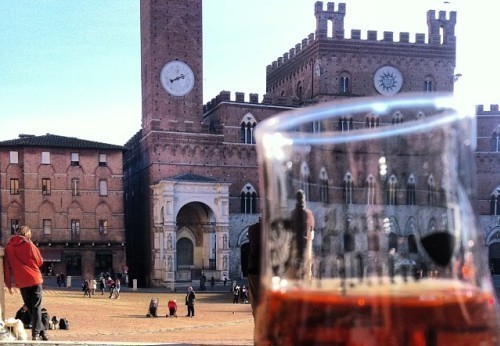
Credits: jay_pac
One of the pleasures of travelling through Tuscany is the chance to discover the unique varieties of wine produced in this region. Grapes have been grown in the fertile soil of Tuscany since ancient times and even if the best-known wine name is undoubtedly Chianti, this is only one of the many types of wine produced here.
It's tricky to describe the difference in taste and it is even more difficult to define what best wines are because it is the subjective tastes and sensibility of anyone who creates the proper answer.
So, enjoy this top list as a simple guide to grape varieties indigenous to Tuscany.
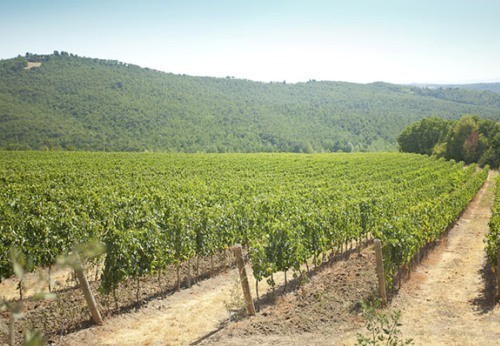
Credits: Chianti Village
1) Prugnolo gentile (also known as Sangiovese Grosso) can be traced back to the Sangioveto variety which is popular in Montepulciano and in the province of Siena. The Prugnolo Gentile/Sangiovese Grosso or "Brunello" grape is known in the areas around Montalcino and Montepulciano and is now also being cultivated in several other areas of Tuscany. Compared to the Sangiovese Piccolo, the Sangiovese Grosso has larger, more loosely bunched grapes, and thicker grape skins.
Suggested wine: Vino Nobile di Montepulciano DOCG
2) Aleatico is a red wine grape variety, often used to produce dessert wines. Probably coming from Greece, it is notable for being the primary grape in the cult wine Aleatico di Portoferraio made in Elba.
Suggested wine: Elba Aleatico Passito DOCG
3) Trebbiano Toscano is of Etruscan origin and its name was taken from the site of which they found it. The same name of ancient Etruria, near Luni, at the border between Liguria and Tuscany or the Trebbia River of the Piacentini Hills. This grape is the most widely grown variety of grapes at the national level. It is mainly grown in Tuscany, Lazio and Umbria. Trebbiano is used to be blended into Chianti Classico wines but now it goes into simpler Chiantis, such as light white wines and a variety of Vin Santo.
4) Malvasia Bianca Lunga is a wine that has been cultivated for several centuries and it is vastly grown in the Chianti hills from where it comes from. Although, this grape is used less since white grapes are no longer allowed in the Chianti Classico docg. Only a few wines take on this grape such as the traditional Tuscan dessert wine, Vin Santo (which also made with Trebbiano Toscano).
Suggested wine: Vin Santo Berardenga – Felsina (Vin Santo del Chianti Classico DOC)
Suggested Hotels:
5) Colorino comes from some wild grape vines which are widely grown in Tuscany. Such as the area around Valdarno, Val d’Elsa and in Val di Pesa. The name of this grape is taken from the deep color of the skin of the grape. The skin is indeed thick, of a blackish to deep purple color, rich with color and flavor. Colorino is also mainly used to blend with other varieties, if for no other reason than to add a little color to the wine, as the name would suggest.
Suggested wine: Colorino IGT Toscana
6) Extensively planted in Tuscany, Canaiolo is a black-skinned grape variety that, together with Sangiovese and Colorino, it is often used to create Chianti wine. The Canaiolo is also an important (but secondary) component of Vino Nobile di Montepulciano,
Suggested wine: Pietraviva Canaiolo Nero DOC
7) Ciliegiolo is a red grape variety which comes principally from the Maremma, the coastal area of the region in the province of Grosseto. It is characterized by large, sweet, fragrant berries and, as the name suggests (ciliegiolo sounds as cherry in english), it is often used on the Tuscany coast to make bright, cherry-scented varietal wines.
Suggested wine: Ciliegiolo Tuscan Red DOC Camillo Principio
8) Sangiovese (or Sangiovese Piccolo) is one of the most ancient Italian grape varieties and is certainly one of the most widely grown. All experts agree that the grape originated in Tuscany and includes two families of grapes. The first has a grape that is more sweet and is used to make Brunello di Montalcino; the second family has a smaller grapes and are stronger and rougher. It is interesting underlined as the name, Sangiovese is derived from “sanguis Jovis” meaning “the blood of Jove (Jupiter).”
Suggested wine: Brunello di Montalcino DOCG
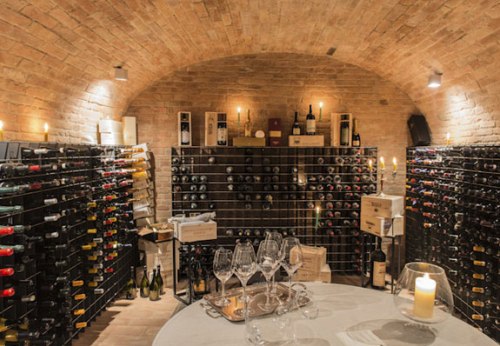
Credits: Villa Armena Relais
Enjoy locally made wines during your holiday, especially since they pair wonderfully with the regional foods of Tuscany. Actually, nothing beats something fresh with the authentic quality to match!
Choose a hotel from our Gourmet and Grapes selection and discover the strong flavors of the traditional Tuscan food >
Whic is your favourite Tuscan Wine? Post a comment and do not miss our next posts.
Follow us on Facebook, Twitter e Instagram!
EBOOKS




